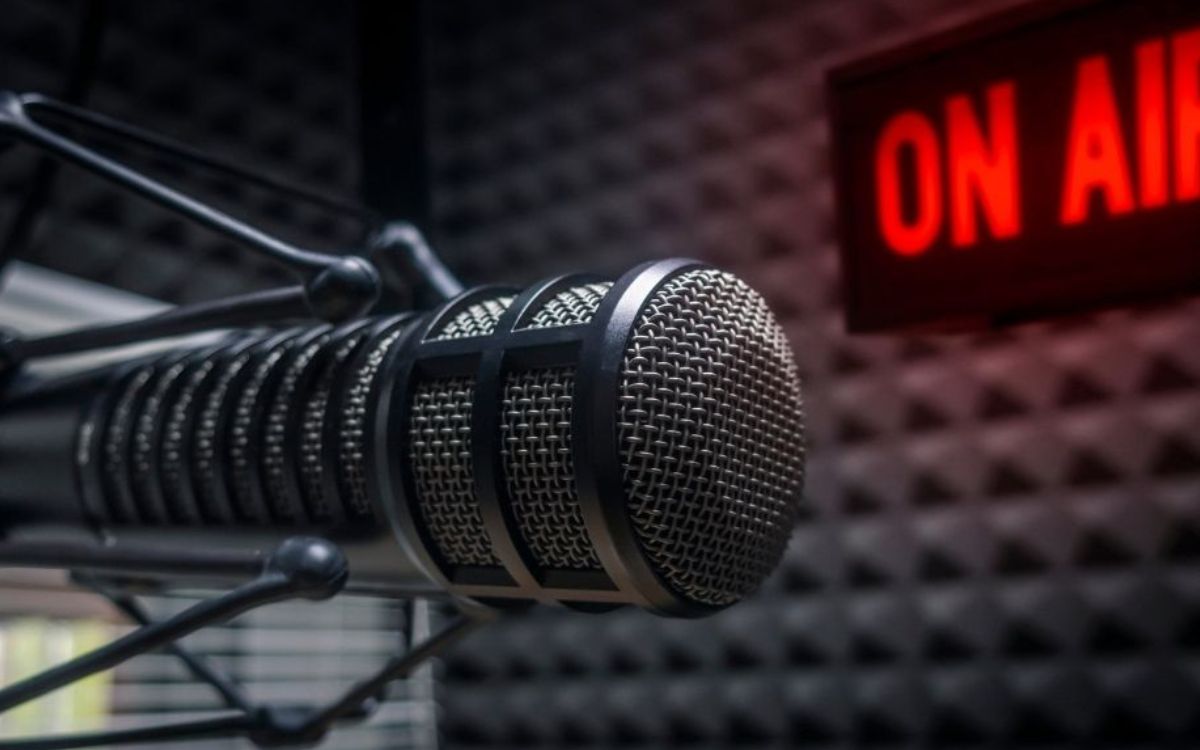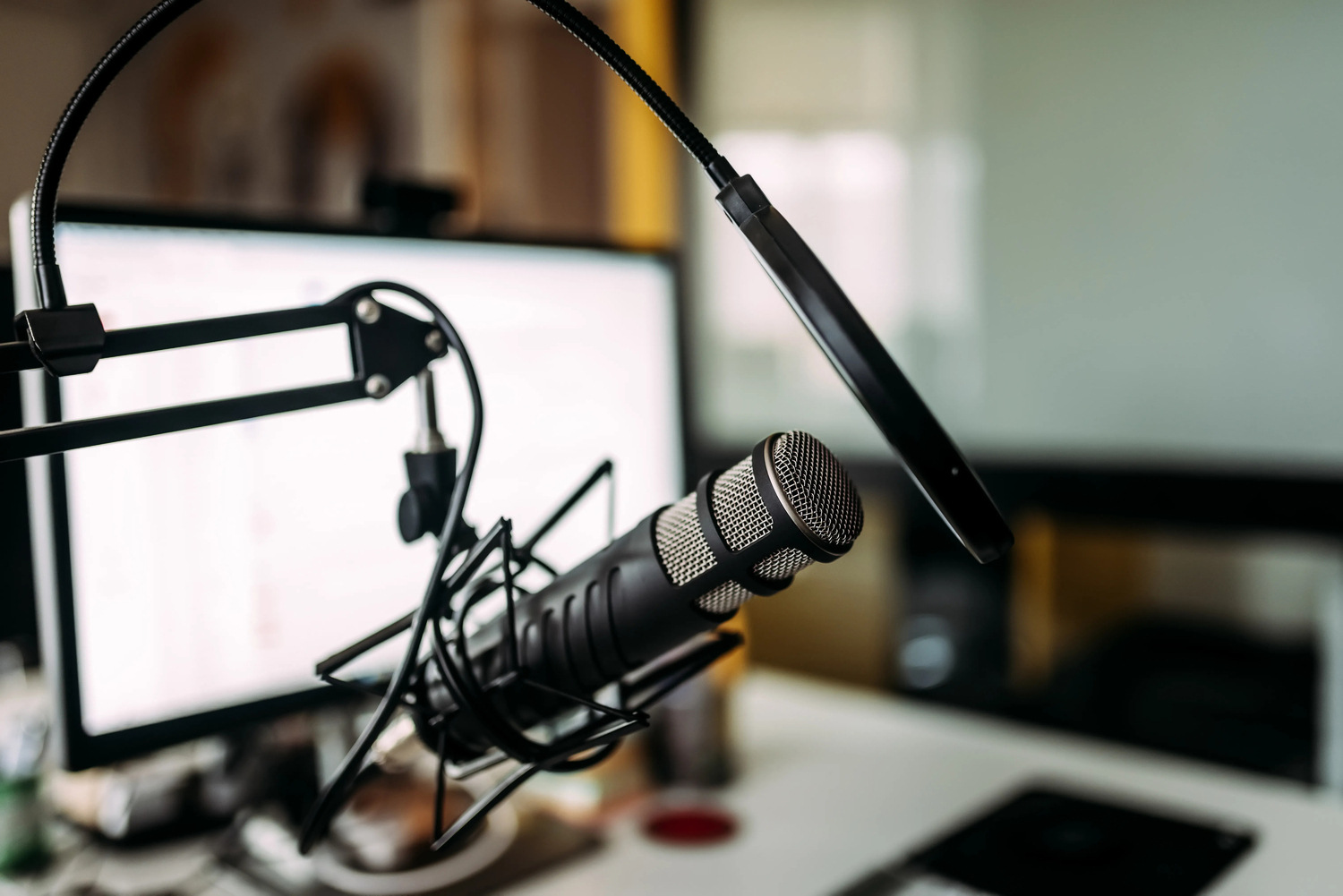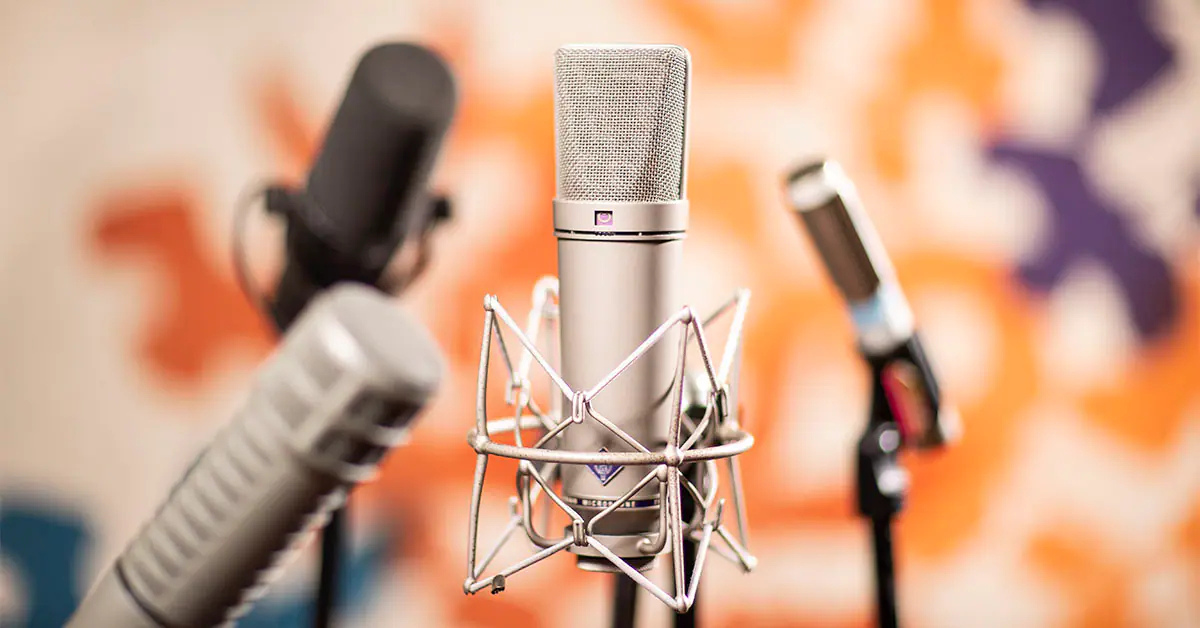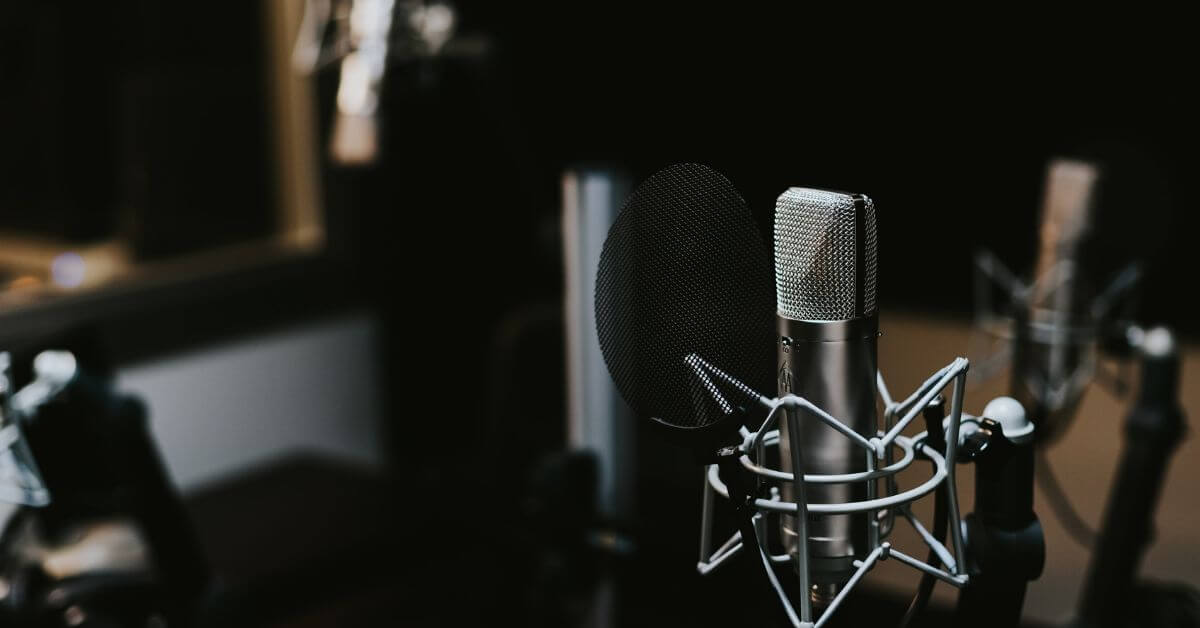Home>Devices & Equipment>Microphone>What Is Omnidirectional Microphone
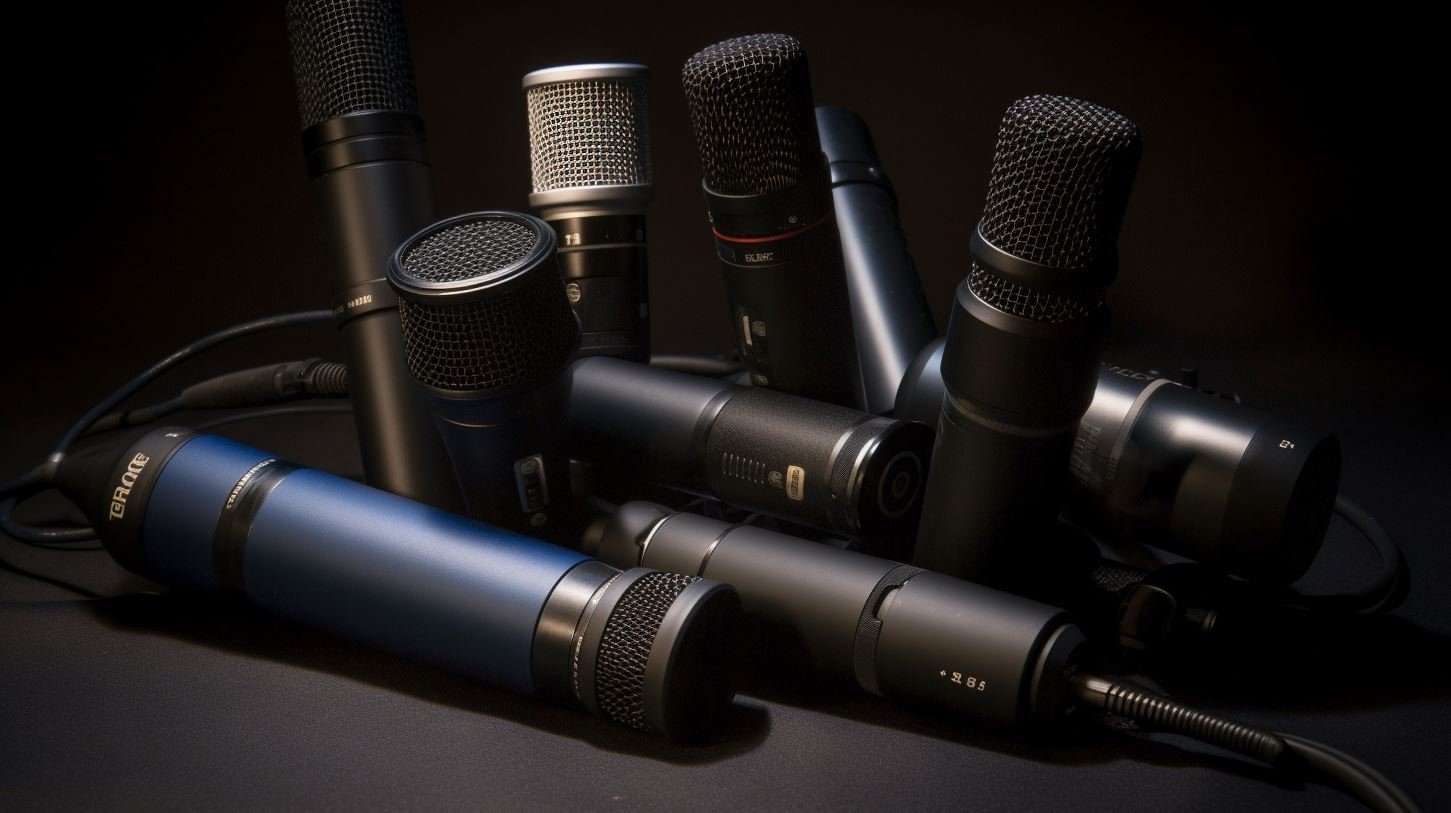

Microphone
What Is Omnidirectional Microphone
Published: February 17, 2024
Learn about the benefits and uses of omnidirectional microphones. Find out how these microphones capture sound from all directions, making them ideal for recording in diverse environments. Discover more about omnidirectional microphones here.
(Many of the links in this article redirect to a specific reviewed product. Your purchase of these products through affiliate links helps to generate commission for AudioLover.com, at no extra cost. Learn more)
Table of Contents
Introduction
An omnidirectional microphone is a vital tool in the world of audio recording and sound reinforcement. This type of microphone is designed to capture sound from all directions, making it a versatile choice for various applications. Whether you are a professional audio engineer, a podcaster, a musician, or simply someone who appreciates high-quality sound, understanding the capabilities and nuances of omnidirectional microphones can greatly enhance your audio recording experience.
Omnidirectional microphones are known for their ability to capture sound equally from all directions, as the name suggests. This unique characteristic sets them apart from other types of microphones, such as cardioid or bi-directional microphones, which have specific areas of sensitivity. The omnidirectional design allows these microphones to pick up ambient noise and create a natural, open sound that is well-suited for certain recording scenarios.
In this comprehensive guide, we will delve into the intricacies of omnidirectional microphones, exploring their applications, advantages, and potential drawbacks. By gaining a deeper understanding of how these microphones work and when to use them, you will be better equipped to make informed decisions when selecting and utilizing audio equipment.
Whether you are considering investing in an omnidirectional microphone for your home studio, seeking to expand your knowledge of audio technology, or simply curious about the world of microphones, this guide will provide valuable insights and practical information to satisfy your curiosity. Let's embark on a journey to unravel the wonders of omnidirectional microphones and discover their unique role in the realm of audio recording and amplification.
Understanding Omnidirectional Microphones
Omnidirectional microphones, often referred to as omni mics, are designed to capture sound from all directions with equal sensitivity. Unlike directional microphones, which prioritize sound input from specific angles, omnidirectional microphones offer a 360-degree field of pickup. This means that they are capable of capturing ambient noise, room reverberation, and a more natural representation of the acoustic environment.
One of the key characteristics of omnidirectional microphones is their consistent frequency response across different angles. This uniformity in capturing sound makes them ideal for recording situations where a faithful representation of the acoustic space is desired. From capturing the ambiance of a live performance to recording a group discussion in a conference room, omnidirectional microphones excel in reproducing a true-to-life sonic image.
It’s important to note that while omnidirectional microphones offer distinct advantages in certain scenarios, they may also present challenges in environments with high levels of ambient noise or potential for feedback. Understanding the strengths and limitations of omnidirectional microphones is crucial for utilizing them effectively in various recording and amplification settings.
Additionally, the physical design of omnidirectional microphones plays a significant role in their performance. The construction of the microphone capsule and its diaphragm, as well as the housing and protective grilles, can influence the mic’s sensitivity to sound from different directions. Factors such as diaphragm size, material, and acoustic porting all contribute to the overall sonic characteristics of the microphone.
By comprehending the unique properties of omnidirectional microphones and how they differ from other microphone types, audio enthusiasts and professionals can make informed decisions when selecting the most suitable microphone for specific recording or live sound applications. The next section will explore the diverse applications of omnidirectional microphones, shedding light on the scenarios where they shine brightest.
Applications of Omnidirectional Microphones
Omnidirectional microphones find widespread use in various recording and sound reinforcement applications due to their unique ability to capture sound from all directions. Their versatile nature makes them valuable tools in a multitude of scenarios, ranging from studio recording to live sound reinforcement and beyond.
Studio Recording: In the studio environment, omnidirectional microphones are often employed to capture the natural ambiance of a recording space. They excel in capturing the acoustic characteristics of a room, making them suitable for recording orchestras, choirs, and other ensembles where a faithful representation of the acoustic environment is desired. Additionally, omnidirectional microphones can be used for ambient miking techniques to capture the overall sound of a room for immersive recordings.
Field Recording: For capturing environmental sounds, field recording, and location soundscapes, omnidirectional microphones are invaluable. Whether recording nature sounds, urban environments, or specific atmospheres, these microphones can faithfully reproduce the spatial characteristics of the recording location, adding depth and realism to the captured audio.
Broadcast and Podcasting: Omnidirectional microphones are commonly utilized in broadcast and podcasting settings, especially in situations where multiple speakers or a dynamic group conversation needs to be captured. Their ability to pick up sound from all directions makes them ideal for roundtable discussions, interviews, and live event coverage.
Conference and Teleconferencing: In conference rooms and teleconferencing setups, omnidirectional microphones are employed to ensure that all participants’ voices are captured clearly. This facilitates natural and seamless communication without the need for individuals to adjust their positions to be heard, enhancing the overall conferencing experience.
Live Sound Reinforcement: In live sound applications, omnidirectional microphones can be used for ambient miking to capture the natural reverberation and audience response in a performance venue. They are also suitable for reinforcing the sound of acoustic instruments and ensembles, providing a natural and balanced sonic representation to the audience.
Understanding the diverse applications of omnidirectional microphones underscores their significance in the world of audio recording and amplification. In the following section, we will delve into the advantages and potential drawbacks of utilizing omnidirectional microphones in various scenarios.
Advantages and Disadvantages of Omnidirectional Microphones
Omnidirectional microphones offer a range of benefits and drawbacks that are important to consider when choosing the right microphone for a specific application. Understanding these factors can help audio professionals and enthusiasts make informed decisions regarding the use of omnidirectional microphones in recording, live sound reinforcement, and other audio-related activities.
Advantages:
- 360-Degree Sound Capture: Omnidirectional microphones are capable of capturing sound from all directions, making them ideal for scenarios where a natural and immersive sonic representation is desired. This makes them well-suited for recording ambient sounds, room reverberation, and group discussions.
- Consistent Frequency Response: Omnidirectional microphones maintain a consistent frequency response across different angles, ensuring a uniform capture of sound from all directions. This characteristic is valuable for creating a faithful representation of the acoustic environment.
- Natural Sound Reproduction: Due to their ability to capture ambient noise and room acoustics, omnidirectional microphones excel in reproducing a natural and open sound, making them suitable for recording live performances, orchestras, and choirs.
- Versatility: Omnidirectional microphones find applications in a wide range of recording and sound reinforcement scenarios, including studio recording, field recording, broadcast, podcasting, conference settings, and live sound reinforcement.
Disadvantages:
- Susceptibility to Ambient Noise: Omnidirectional microphones can capture unwanted ambient noise and room reverberation, which may be undesirable in certain recording situations. This can lead to a less focused and potentially noisy audio capture.
- Potential for Feedback: In live sound reinforcement settings, omnidirectional microphones may be more prone to feedback due to their 360-degree pickup pattern. Careful placement and monitoring are essential to prevent feedback issues.
- Isolation Challenges: When capturing individual sound sources in a noisy environment, omnidirectional microphones may struggle to isolate the desired sound from surrounding noise, requiring additional acoustic treatment or strategic placement.
By weighing the advantages and disadvantages of omnidirectional microphones, audio professionals and enthusiasts can determine the most suitable microphone type for specific recording and sound reinforcement scenarios. The next section will delve into the inner workings of omnidirectional microphones, shedding light on how they capture sound from all directions.
How Omnidirectional Microphones Work
Omnidirectional microphones operate on a principle that allows them to capture sound from all directions with equal sensitivity. This unique functionality is achieved through the microphone’s internal design and the characteristics of its pickup pattern.
At the core of an omnidirectional microphone is a diaphragm that is responsive to changes in air pressure caused by sound waves. Unlike directional microphones, which use acoustic interference to achieve directionality, omnidirectional microphones are constructed in a manner that allows sound to reach the diaphragm from all angles. This is typically achieved through the use of acoustic ports or vents that enable sound to reach the diaphragm without obstruction from the microphone housing.
Once sound waves reach the diaphragm, they cause it to move in response to the variations in air pressure. This movement is then converted into an electrical signal through the use of a transducer, such as a coil or capacitor. The resulting electrical signal contains the audio information captured by the microphone and is then sent to recording equipment or amplification systems for further processing.
The omnidirectional pickup pattern of the microphone is a result of its internal construction, which allows sound to reach the diaphragm from all directions. This uniform sensitivity to sound from 360 degrees enables the microphone to capture ambient noise, room reverberation, and the overall acoustic environment with fidelity.
While the omnidirectional design offers distinct advantages in certain recording scenarios, it is important to note that the microphone’s construction and internal components play a crucial role in shaping its sonic characteristics. Factors such as diaphragm material, size, and acoustic porting contribute to the microphone’s frequency response, transient response, and overall tonal qualities.
Understanding the inner workings of omnidirectional microphones provides valuable insight into how they capture sound from all directions and the sonic characteristics they impart to recorded or amplified audio. In the following section, we will explore essential considerations for choosing the right omnidirectional microphone to suit specific recording and sound reinforcement needs.
Choosing the Right Omnidirectional Microphone
When selecting an omnidirectional microphone, several factors should be considered to ensure that it aligns with the specific recording or sound reinforcement requirements. Understanding these considerations can help individuals and audio professionals make informed decisions and maximize the microphone’s potential in various applications.
Frequency Response and Sonic Characteristics:
Assessing the frequency response and sonic characteristics of an omnidirectional microphone is crucial in determining its suitability for a particular recording scenario. Some microphones may exhibit a neutral and transparent sonic profile, while others may impart subtle coloration or warmth to the captured sound. Understanding the microphone’s sonic signature can aid in selecting the most appropriate option for a given application.
Diaphragm Size and Material:
The size and material of the microphone’s diaphragm can influence its transient response, sensitivity, and overall sonic properties. Larger diaphragms may offer extended low-frequency capture and enhanced transient detail, while different diaphragm materials can impart unique tonal characteristics to the microphone’s sound. Evaluating these diaphragm attributes can guide the selection process based on desired sonic qualities.
Acoustic Porting and Housing Design:
The design of the microphone’s acoustic porting and housing can impact its sensitivity to sound from different directions and its resistance to handling noise and wind interference. Assessing the microphone’s construction and protective features is essential, especially for field recording and outdoor applications where environmental factors can influence performance.
Application-Specific Considerations:
Considering the intended use of the omnidirectional microphone is paramount in the selection process. Whether it is for studio recording, field recording, broadcast, podcasting, conferencing, or live sound reinforcement, understanding the specific requirements of the application can guide the choice of microphone with the most suitable sonic characteristics and features.
Compatibility and Connectivity:
Ensuring compatibility with recording equipment, preamplifiers, and audio interfaces is essential when choosing an omnidirectional microphone. Additionally, evaluating the microphone’s connectivity options, such as XLR, USB, or wireless connectivity, is crucial for seamless integration into existing audio setups.
By considering these factors and conducting thorough research on available omnidirectional microphone options, individuals and audio professionals can make informed decisions that align with their recording, broadcasting, or sound reinforcement needs. Selecting the right omnidirectional microphone can significantly enhance the quality and authenticity of recorded audio, making it a valuable investment for various audio-related endeavors.







